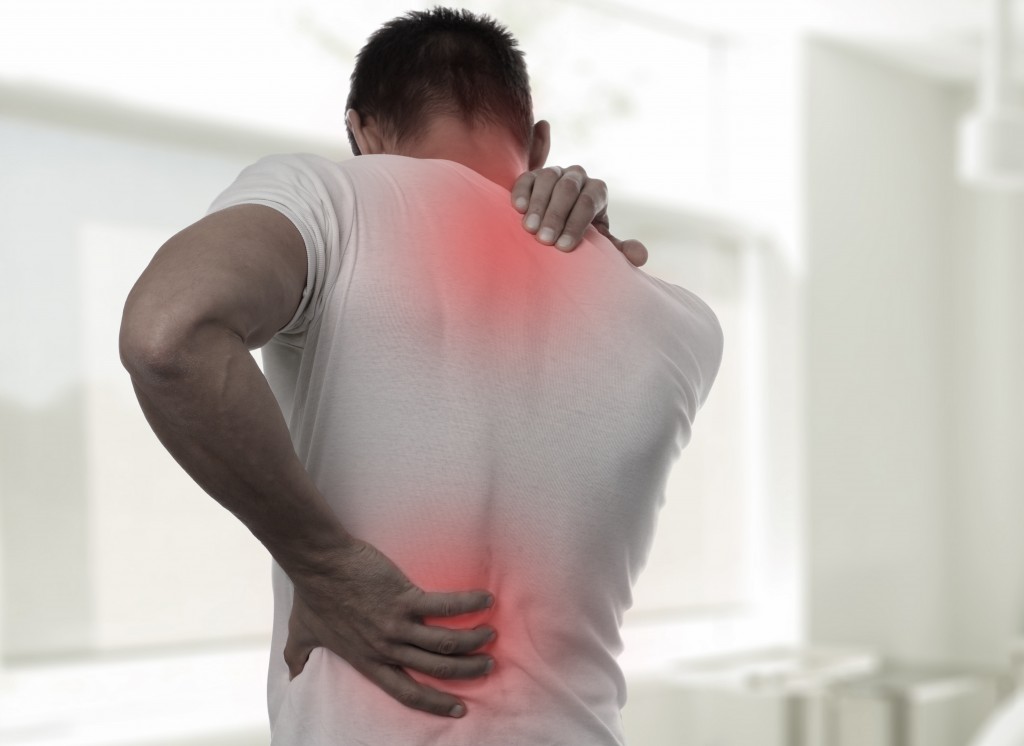Disclaimer: This website provides health information for educational purposes only and is not a substitute for professional medical advice, diagnosis, or treatment. Always seek the guidance of a qualified healthcare provider with any questions you may have.
Long-term use of over-the-counter (OTC) painkillers and opioid medication can lead to adverse side effects, similar to invasive pain relief procedures such as injections and implants. That said, it’s understandable that not all people want to undergo treatment that involves medication and invasive methods for pain relief.
If you are one of these people who want alternative, more natural methods of pain relief, here are some techniques that you can try:
1. Chiropractic adjustment
Many chiropractors in Salt Lake City, for example, offer back pain relief procedures, among other pain treatments. A chiropractic adjustment may be just what you need to relieve pain caused by a vehicular accident (whiplash), an injury, or an underlying condition that causes chronic pain. Chiropractors can provide great pain relief that is equal to, if not better, than OTC or prescription medication.
2. Physical activity
If it hurts to engage in exercise, it can hurt even more if you don’t. It’s important to get regular physical activity to control and ease your pain, especially for people suffering from chronic conditions like fibromyalgia and arthritis.
3. Essential oils
While essential oils have limited medical benefits, many people experience a certain level of pain relief when using them. Lavender oil, peppermint oil, eucalyptus oil, and rosemary oil are just some of the essential oils that have pain relief benefits, among other great properties. You can opt to use these oils to supplement your pain management treatment. But keep in mind that you can’t rely on them for total pain relief.
4. Acupuncture

Acupuncture has long been used as a method of pain relief, believing to have been started in 100BC China. This technique makes use of very fine needles, which are inserted in the body at “acupressure” or acupuncture points. The pain relief effect is said to be caused by the needles stimulating nerves to send signals to the brain, which then releases “happy hormones” to make the patient feel less pain.
Although it may look like it, acupuncture is not painful. If it’s a method you are interested in, make sure you get treatment from a qualified acupuncturist at a reliable clinic only.
5. Stress-reduction methods
Stress is a significant contributor to pain, so it makes sense to one to reduce the other. Fortunately, there are a lot of ways you can reduce stress. Here are some examples:
- Yoga and tai chi. These exercises do not only help you reduce stress, but they are also excellent ways to promote fitness and flexibility.
- Biofeedback. This is the process of learning how to control bodily functions that are usually involuntary (e.g. heart rate, blood pressure) to relieve pain.
- Meditation. Learning how to meditate properly is another effective way to relieve stress and reduce pain. Aside from that, meditation can also have certain benefits to your mental health.
It’s not easy to deal with pain, especially if you experience it every day. And if you have to take medication and go through invasive procedures to relieve it, your quality of life may be affected.
These natural pain relief techniques are your best alternatives to invasive procedures and medication. But before you try one, remember to ask your doctor or pain management specialist first.




